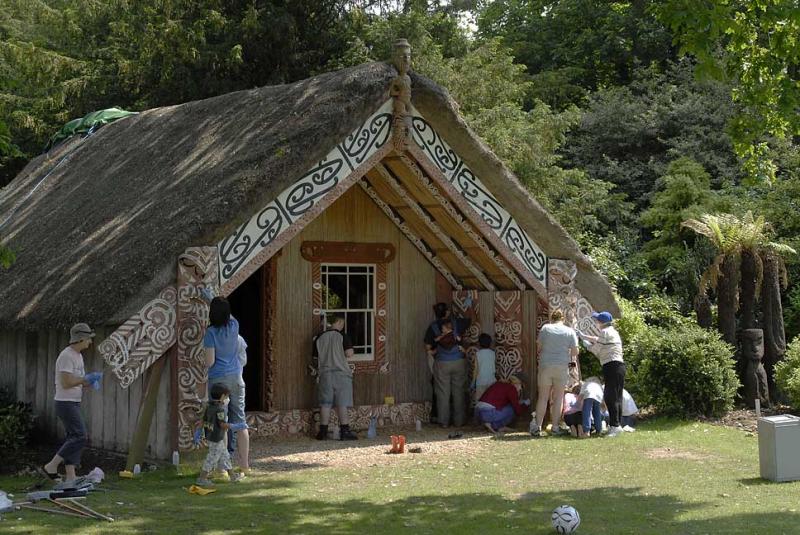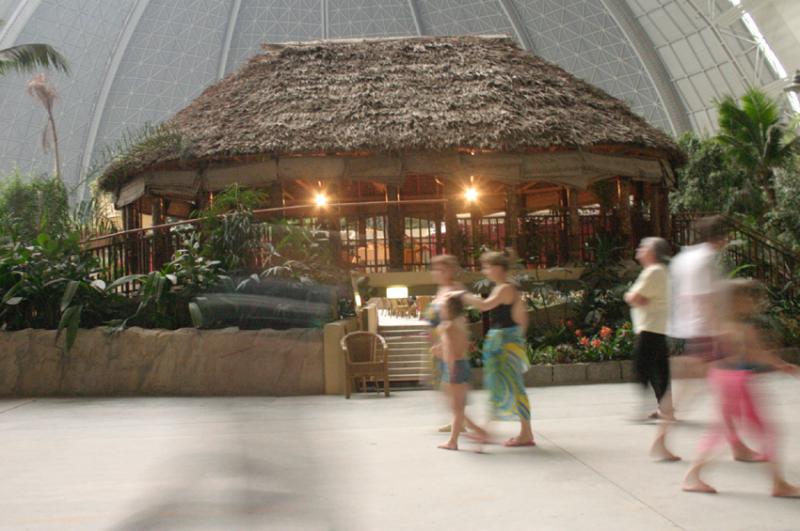Indigenous brands, Maori business, Kaupapa Growth and innovation, collaborative pilot projects, culture connection and exchange, design enabled economic, culturally enriched.

Counter Currents: Whare Nui and Fale Abroad
Paper co-authored with Keri-Anne Wikitera, published in Lewis, M. (Ed.)The Pacific Connection – trade, travel & technology transfer, Melbourne: University of Melbourne, 19-22 February 2009, 38-46.
Click on thumbnails to enlarge
Counter Currents: Whare Nui and Fale Abroad
Abstract:
Since the 1860s, several Māori whare nui (meeting houses) and Samoan fale (houses) travelled overseas. Their fates are diverse: Mataatua, misappropriated and sent to overseas exhibitions under sometimes scandalous curatorial directions, returned in 1996. Others, like Hinemihi o te Ao Tawhito or Ruatepupuke II, are likely to stay in their current locations, Clandon Park and the Field Museum. Samoan Fale travelled to the 1893 World’s Columbian Exhibition in Chicago and to the 1924 British Empire Exhibition at Wembley. In 2004, a fale arrived at the Tropical Islands Resort in Brand, Germany. At the Polynesian Cultural Center, both whare nui and fale offer ‘expat’ edutainment as tokens of the exotic, but also maintain in their own ways traditional arts and crafts.
This paper explores the changing status and nature of some whare nui and fale through such journeys. These changes become manifest culturally, socio-economically and spiritually. In some cases, collaborations developed between the houses’ guardians or producers and their overseas hosts or keepers. Some houses support diasporic communities, and some appear to have lost all connection with the cultural context that once made them coveted ”objects”.


